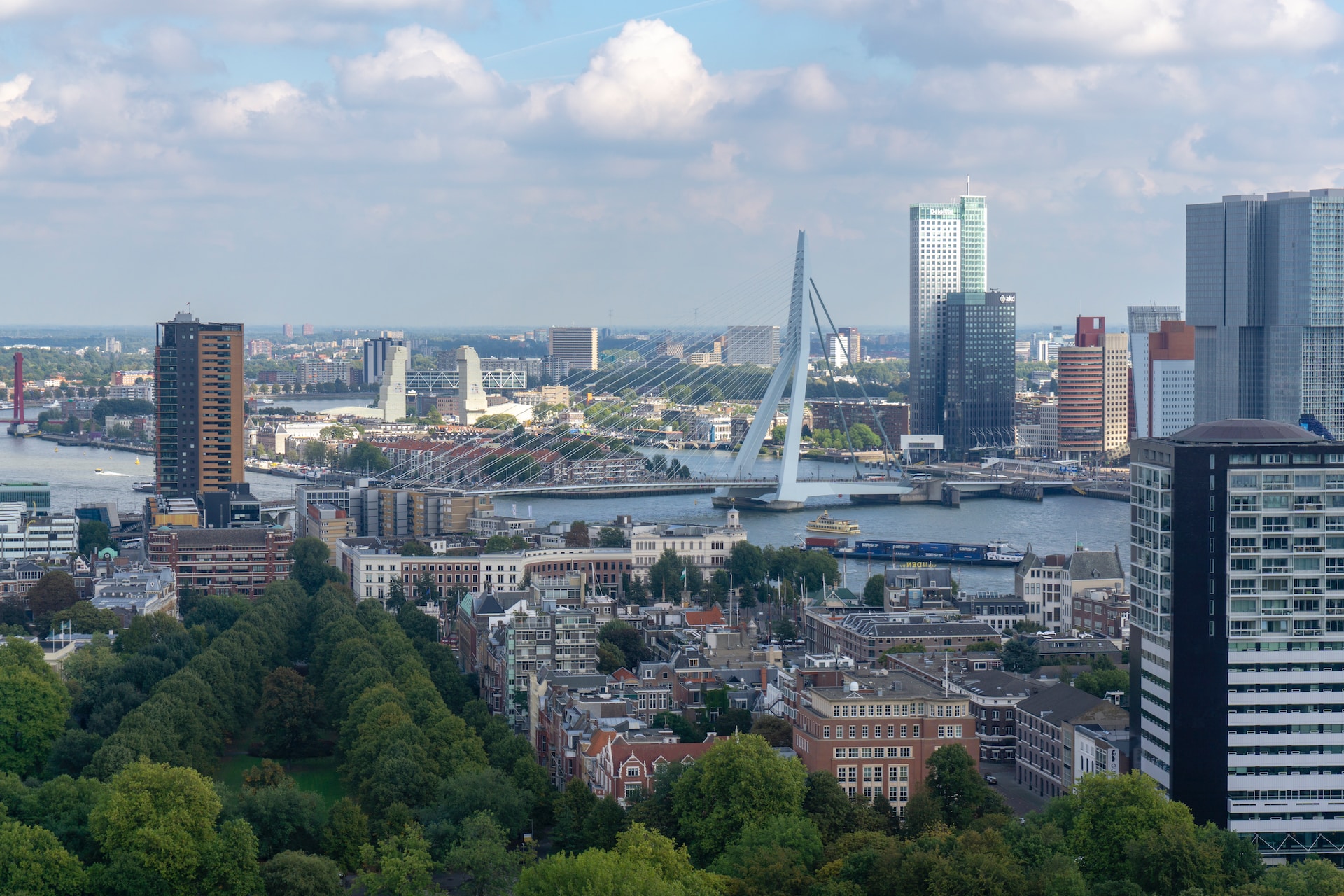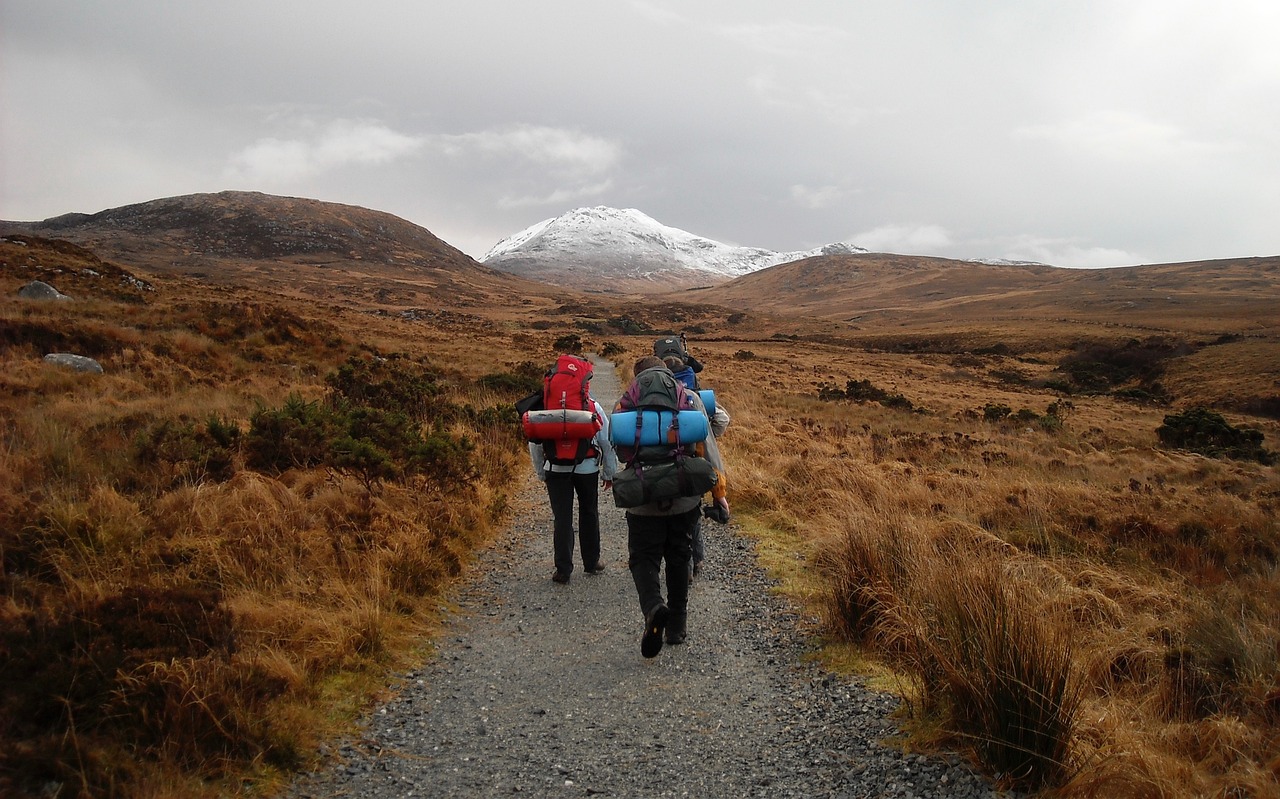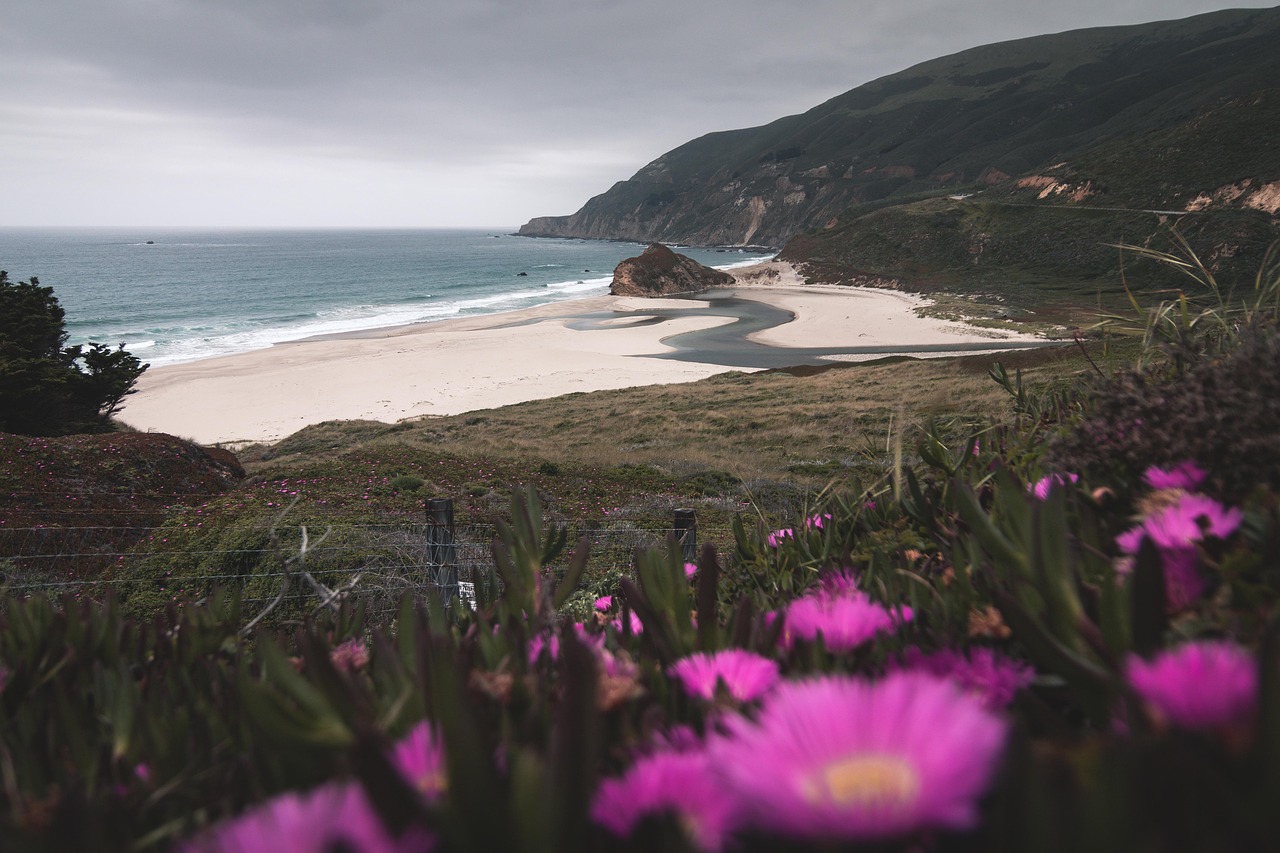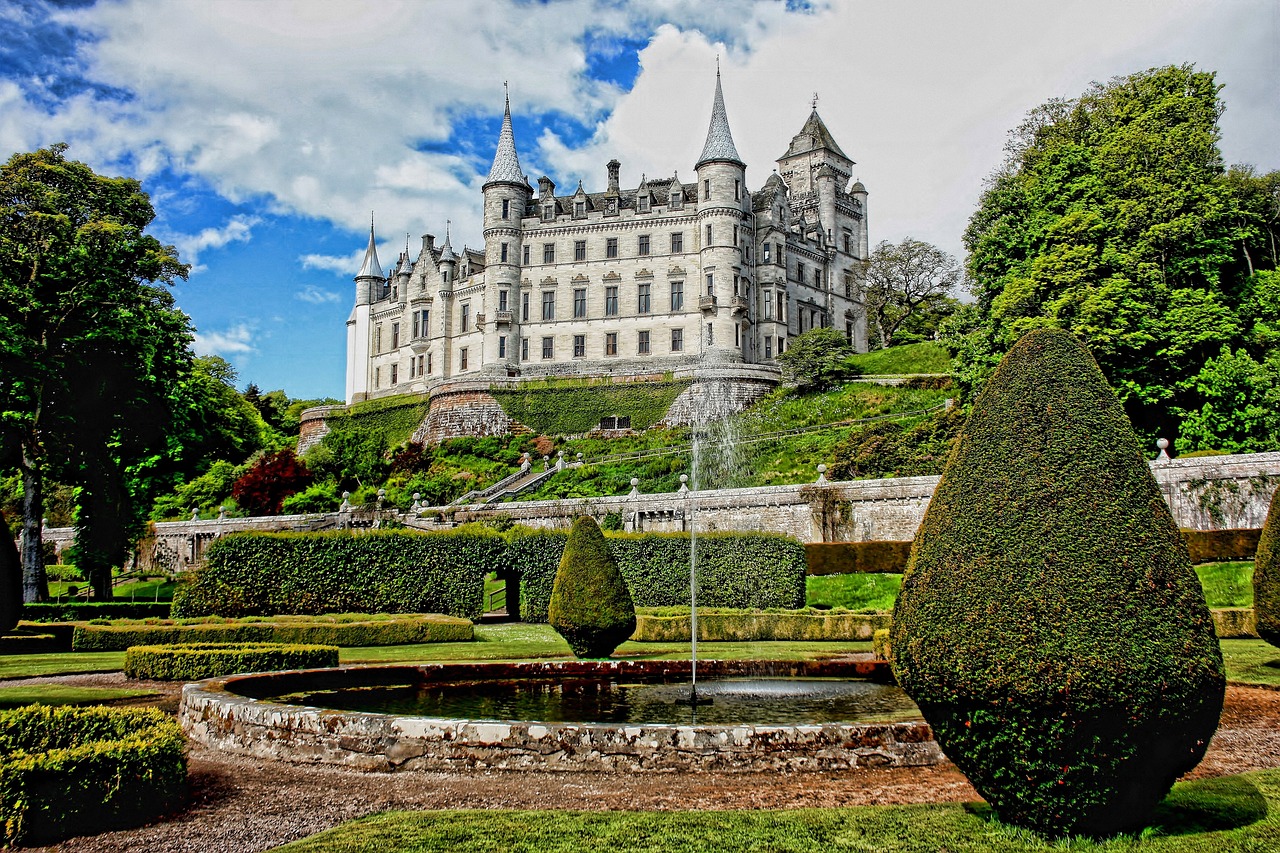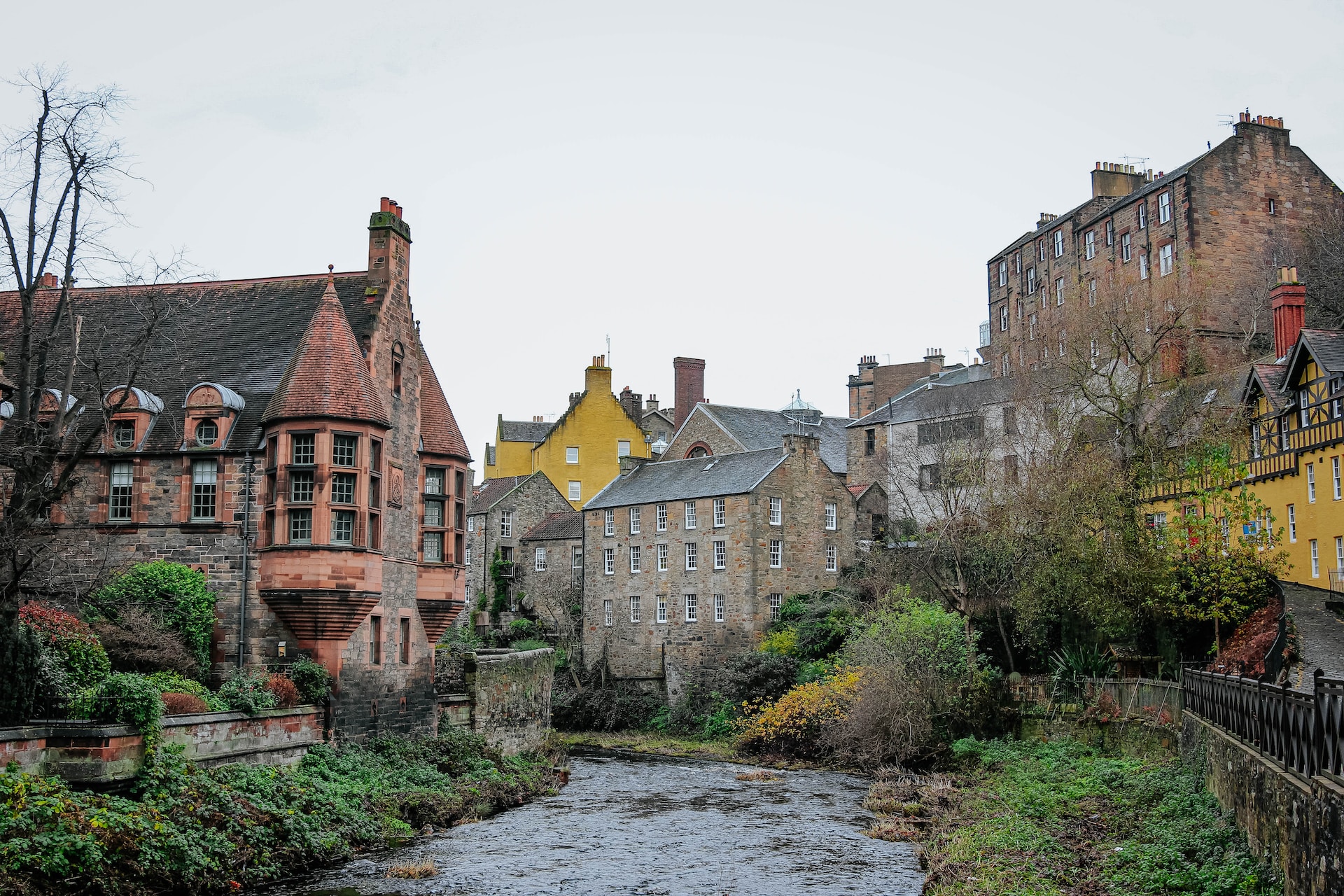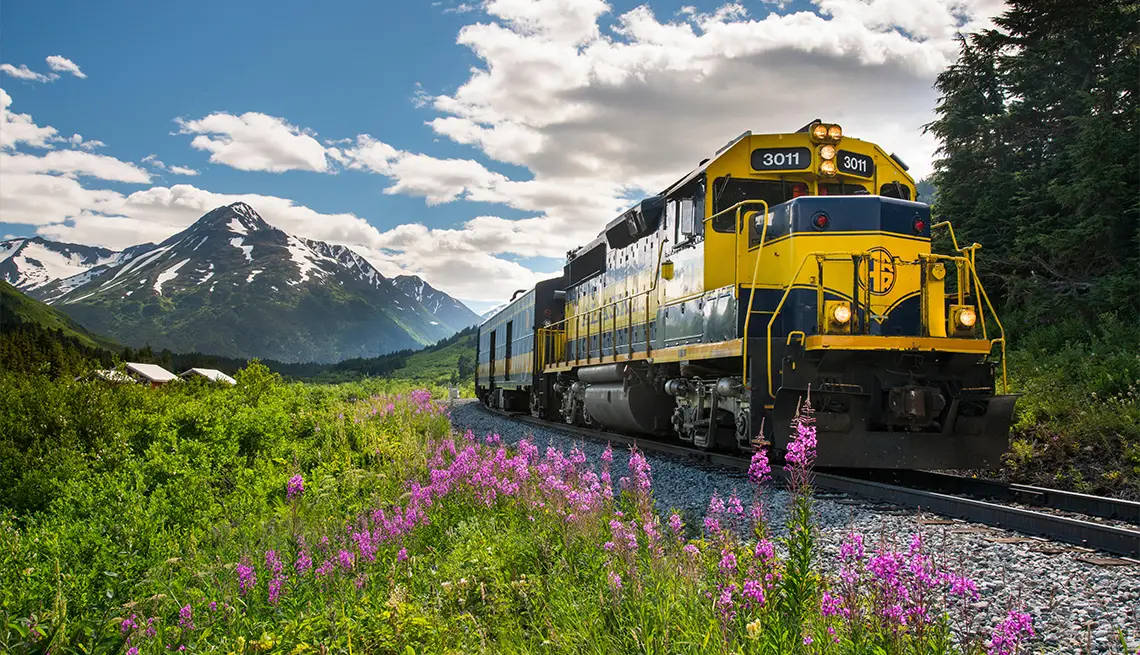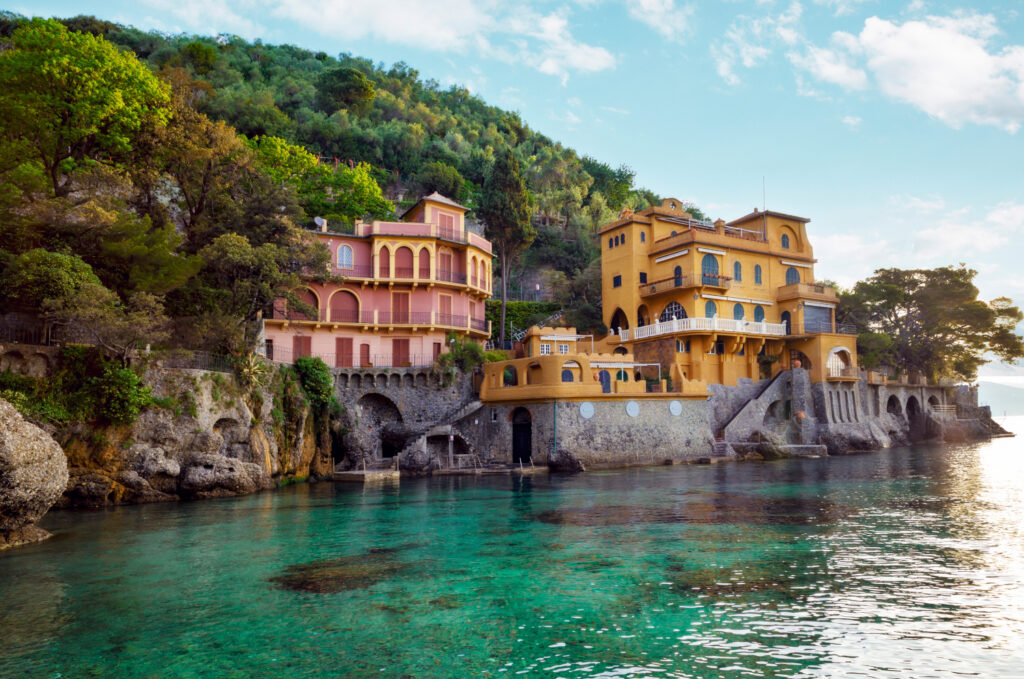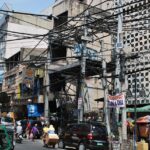South America is home to numerous awe-inspiring volcanoes, which are spread across the Andean mountain range and the Pacific Ring of Fire.
These volcanoes, with their diverse landscapes and ecosystems, attract nature enthusiasts, adventure seekers, and scientists alike. In this comprehensive guide, we will explore 18 of the most impressive volcanoes in South America, delving into their unique characteristics, geological significance, and the breathtaking experiences they offer.
Cotopaxi, Ecuador
Cotopaxi is one of the highest active volcanoes in the world, standing at 19,347 feet (5,897 meters). Located in Ecuador’s Cotopaxi National Park, this majestic stratovolcano is known for its symmetrical cone and frequent eruptions. The snow-capped peak and surrounding páramo ecosystem make it a popular destination for hiking, climbing, and wildlife observation.
Ojos del Salado, Chile/Argentina
Straddling the border between Chile and Argentina, Ojos del Salado is the world’s highest active volcano at 22,615 feet (6,893 meters) and the second-highest peak in the Southern and Western Hemispheres. Its remote location and high altitude make it a challenging but rewarding destination for experienced mountaineers.
Aconcagua, Argentina
Although not technically a volcano, Aconcagua is the highest mountain in the Southern and Western Hemispheres, standing at 22,837 feet (6,959 meters). Located in the Andes mountain range of Argentina, it is a popular destination for climbers seeking to conquer one of the Seven Summits.
Villarrica, Chile
Villarrica, one of Chile’s most active volcanoes, stands at 9,341 feet (2,847 meters) and is characterized by its lava lake and nearly constant plume of smoke. The volcano’s slopes are popular for skiing and snowboarding in the winter, while the surrounding national parks offer hiking and other outdoor activities in the summer.
Chimborazo, Ecuador
Chimborazo, located in Ecuador, is an inactive stratovolcano that reaches 20,564 feet (6,268 meters). Although not the highest peak in South America, Chimborazo holds the distinction of being the farthest point from Earth’s center due to the planet’s equatorial bulge. Its impressive glaciers and challenging climbing routes attract adventurous mountaineers.
Llullaillaco, Chile/Argentina
Llullaillaco, situated on the border of Chile and Argentina, is the world’s highest historically active volcano, reaching 22,110 feet (6,739 meters). This remote volcano is known for its remarkably preserved Inca mummies, which were discovered at its summit in 1999.
Osorno, Chile
Osorno is a picturesque stratovolcano located in southern Chile’s Lake District. Its symmetrical shape and lush surroundings make it a popular destination for sightseeing, hiking, and climbing. At 8,701 feet (2,652 meters), Osorno offers stunning views of the nearby Llanquihue Lake and surrounding Andean landscapes.
Nevado del Ruiz, Colombia
Nevado del Ruiz is an active stratovolcano in Colombia, reaching an elevation of 17,457 feet (5,321 meters). Known for its devastating eruption in 1985, which caused a deadly lahar that claimed thousands of lives, the volcano is now closely monitored. The surrounding Los Nevados National Park offers hiking and birdwatching opportunities, as well as hot springs and stunning Andean landscapes.
Licancabur, Chile/Bolivia
Licancabur is a striking stratovolcano that stands at 19,409 feet (5,916 meters) on the border between Chile and Bolivia. Its near-perfect conical shape and location near the Atacama Desert and the world’s largest salt flat, Salar de Uyuni, make it a popular destination for photographers and adventure seekers. The summit of Licancabur hosts a high-altitude lake, which is one of the highest lakes in the world.
Galeras, Colombia
Galeras is an active stratovolcano in southern Colombia, with an elevation of 14,029 feet (4,276 meters). Known for its frequent eruptions, Galeras is closely monitored by scientists and considered one of the most dangerous volcanoes in the country. Despite the risks, its diverse ecosystems and proximity to the city of Pasto make it an attractive destination for hiking and nature exploration.
Tungurahua, Ecuador
Tungurahua, also known as “The Black Giant,” is an active stratovolcano in Ecuador, reaching 16,480 feet (5,023 meters). Tungurahua is known for its frequent eruptions, which have caused significant damage and displacement in nearby communities. The surrounding area offers various outdoor activities, such as hiking, horseback riding, and mountain biking.
Sabancaya, Peru
Sabancaya is an active stratovolcano in southern Peru, standing at 19,685 feet (5,993 meters). Its name, which translates to “tongue of fire” in the Quechua language, reflects its history of eruptions. Sabancaya is part of the Ampato volcanic complex, which also includes the nearby dormant Ampato and Hualca Hualca volcanoes. The region offers trekking opportunities and stunning views of the Andean landscapes.
Guallatiri, Chile
Guallatiri is an active volcano located in northern Chile, close to the Bolivian border. At 19,918 feet (6,071 meters), this snow-capped volcano is known for its fumaroles and persistent gas emissions. The remote and challenging environment attracts experienced mountaineers looking for a unique climbing experience.
Sajama, Bolivia
Sajama is the highest peak in Bolivia, standing at 21,463 feet (6,542 meters). This extinct stratovolcano is located within Sajama National Park, which offers opportunities for trekking, wildlife observation, and soaking in hot springs. Climbing Sajama is considered challenging due to its high altitude and harsh weather conditions.
Sangay, Ecuador
Sangay is one of Ecuador’s most active volcanoes, with an elevation of 17,159 feet (5,230 meters). Situated in the remote Sangay National Park, this stratovolcano is known for its near-constant activity and diverse ecosystems, including rainforests and páramo grasslands. The park offers opportunities for hiking, birdwatching, and wildlife observation.
Nevado del Huila, Colombia
Nevado del Huila is Colombia’s highest volcano, reaching an elevation of 17,598 feet (5,364 meters). This active stratovolcano, which last erupted in 2009, is part of the Colombian Massif and features several peaks and a retreating glacier. The surrounding area offers opportunities for mountaineering and exploration of the diverse ecosystems.
Puyehue, Chile
Puyehue is an active stratovolcano located in Chile’s Lake District, standing at 7,336 feet (2,236 meters). Part of the Puyehue-Cordón Caulle volcanic complex, Puyehue is known for its eruptions, the most recent of which occurred in 2011. The Puyehue-Cordón Caulle complex is situated within Puyehue National Park, a popular destination for nature lovers and outdoor enthusiasts. The park offers a variety of activities, including hiking, birdwatching, and soaking in the region’s numerous hot springs. The picturesque landscapes surrounding the volcano, such as forests, rivers, and waterfalls, make it an ideal location for photography and relaxation.
Ubinas, Peru
Ubinas is Peru’s most active volcano, reaching an elevation of 18,157 feet (5,534 meters). Located in the southern region of the country, Ubinas has experienced frequent eruptions in recent years, leading to evacuations and disruptions in nearby communities. Despite its activity, the surrounding area offers opportunities for trekking and exploration, as well as observing the volcano’s ash plumes and gas emissions from a safe distance.
Conclusion
South America’s impressive array of volcanoes offers a diverse range of experiences for travelers, from hiking and mountaineering to wildlife observation and photography. These 18 volcanoes, spread across the Andean mountain range and the Pacific Ring of Fire, showcase the continent’s stunning natural beauty and geological wonders. By visiting these awe-inspiring destinations, travelers can gain a deeper appreciation for the forces that have shaped South America’s landscapes and ecosystems over millions of years.


